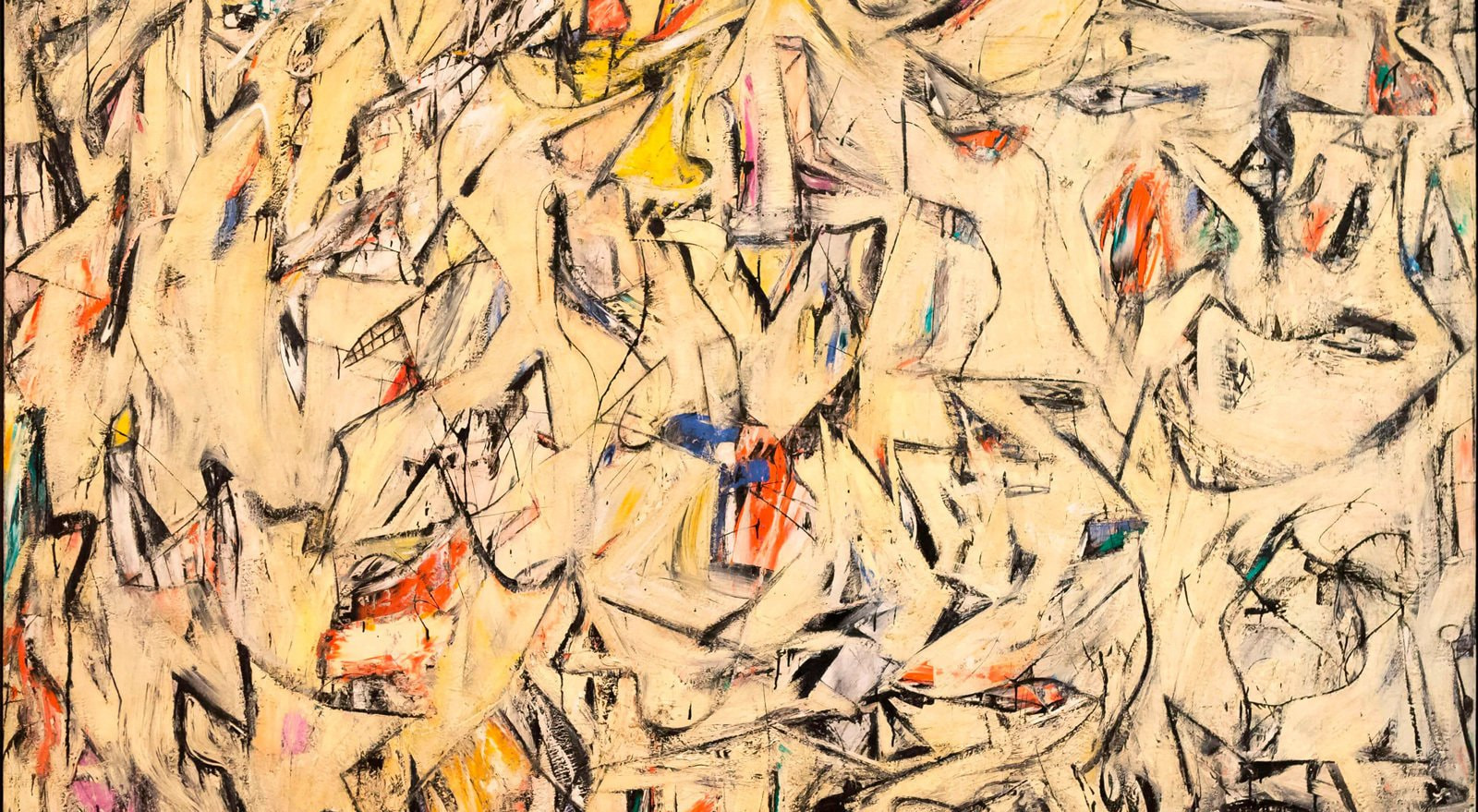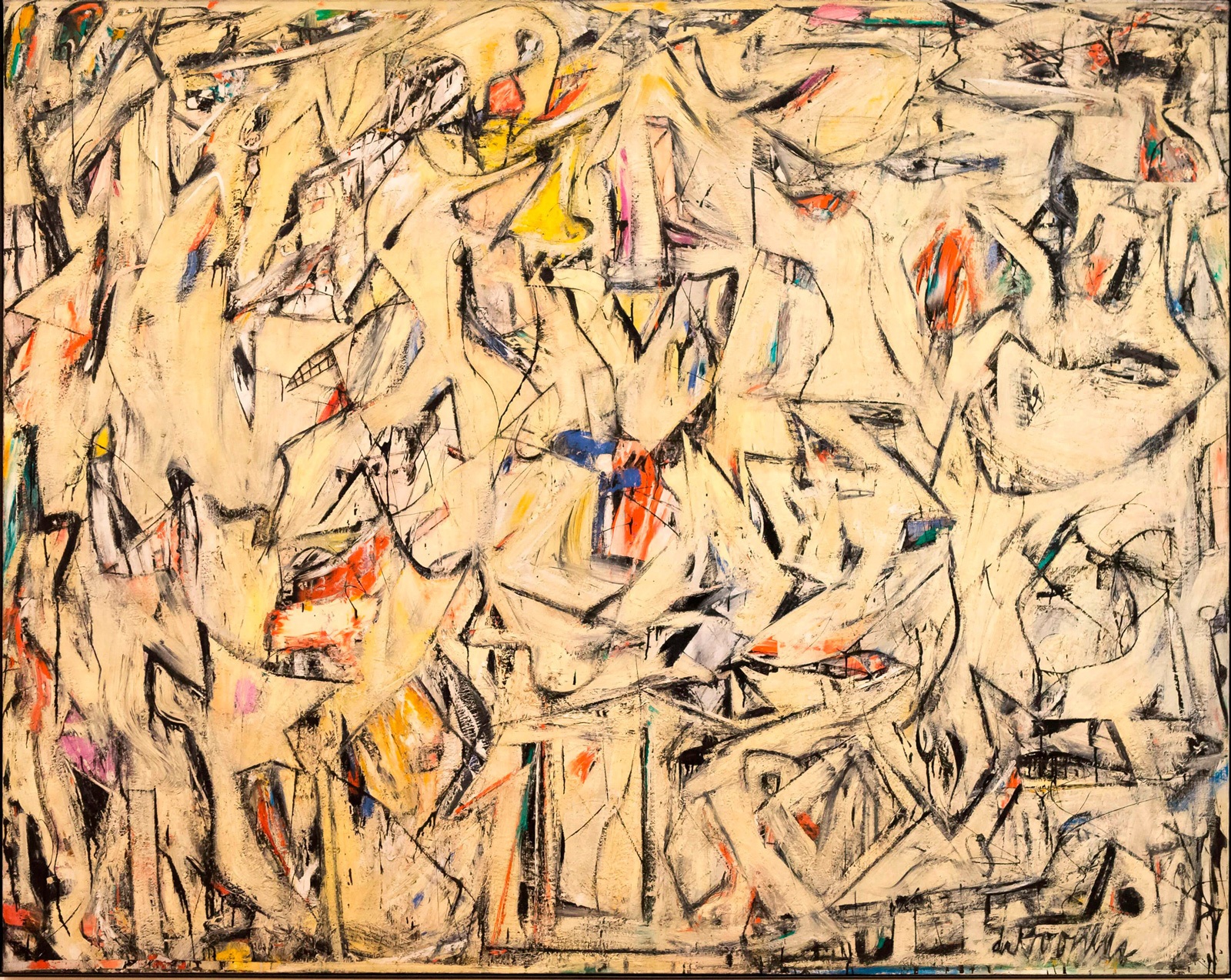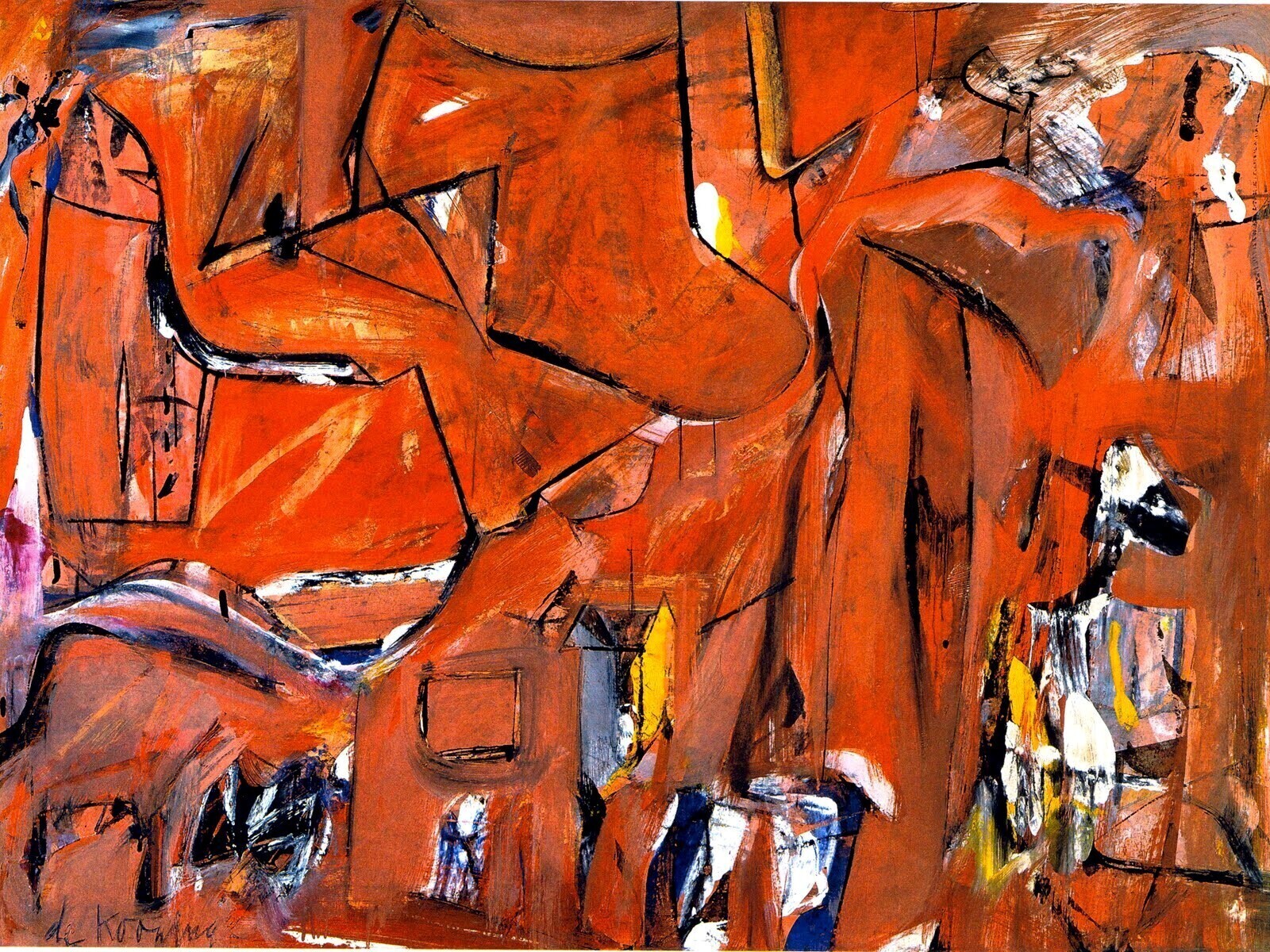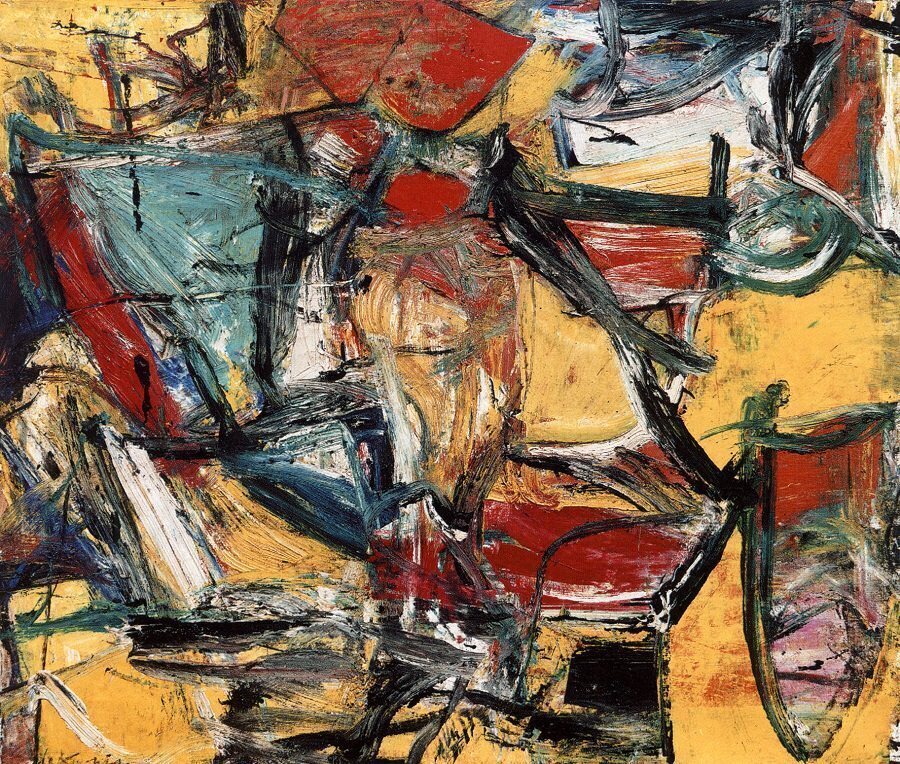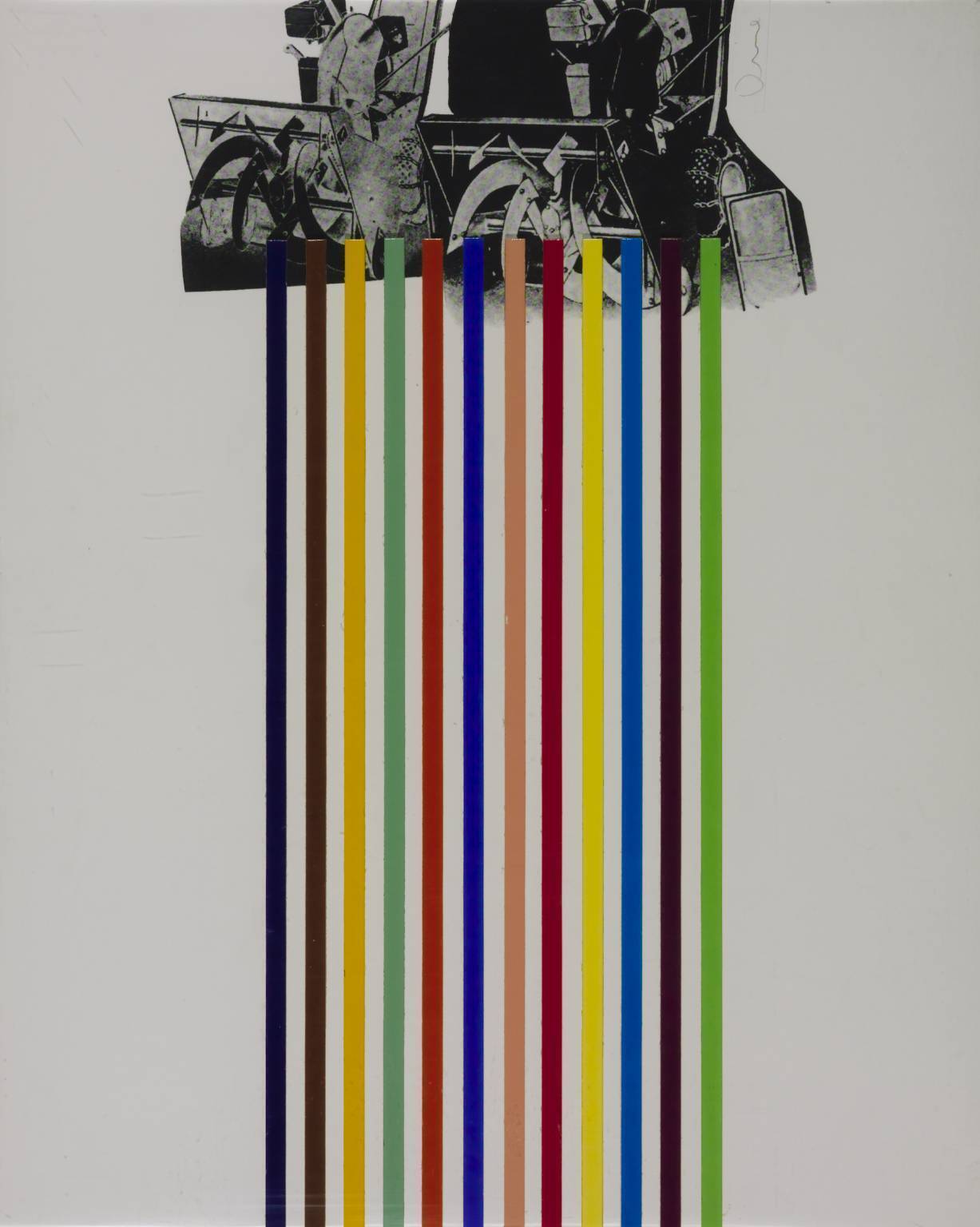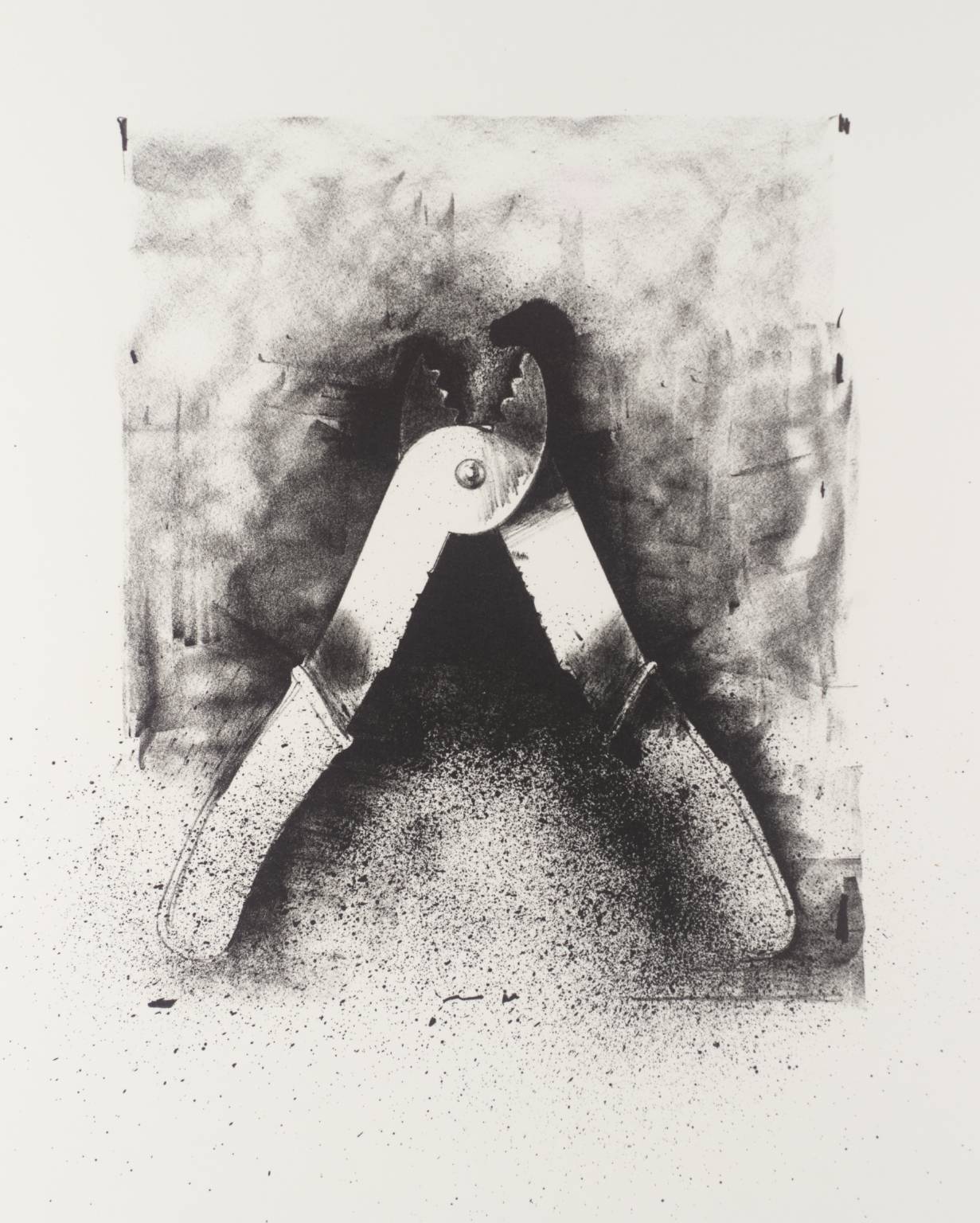The lecture will focus on two important American artists—Willem de Kooning and Jim Dine.
Willem de Kooning (1904–1997) was one of the leading representatives of Abstract Expressionism. Born in Rotterdam, he moved to the USA and was associated with the New York School which also included Jackson Pollock, Marc Rothko, Hans Hoffmann, and other painters. Influenced by surrealism and Picasso in the beginning of his career, de Kooning is best known for his large-scale portraits and other works labeled “figurative expressionism” as opposed to geometric or purely abstract expressionism. His most famous painterly series is Woman, started in 1950, while the trope of female figure is a recurring motif throughout his practice. De Kooning has multiple solo shows to his name and remains one of the major twentieth-century artists.
Jim Dine (b. 1935) is an American artist of the postwar generation who was involved in Happenings before turning to pop art and Neo-Dada towards the 1960s. In 1962, Dine was included in what is considered an important early pop art exhibition, New Painting of Common Objects, which featured Andy Warhol, Ed Ruscha, and Roy Lichtenstein, among others. He spent several years in London in the late 1960s. Dine’s extensive range of mediums embraces painting, prints, graphics, sculpture, poetry, performance, and various conceptual practices. His pieces, many of which are in the world’s top museum collections, are inspired by the mystery of ordinary things, symbolic and elegant at the same time.
